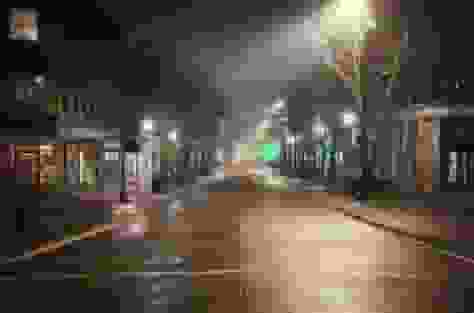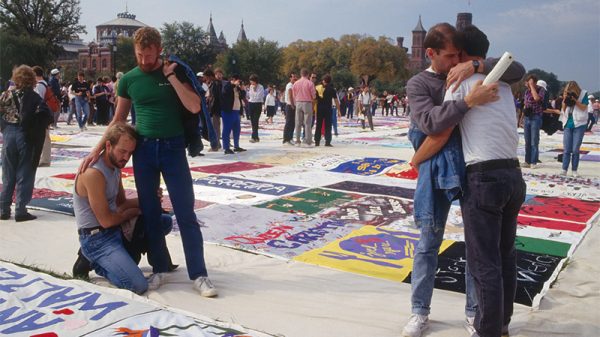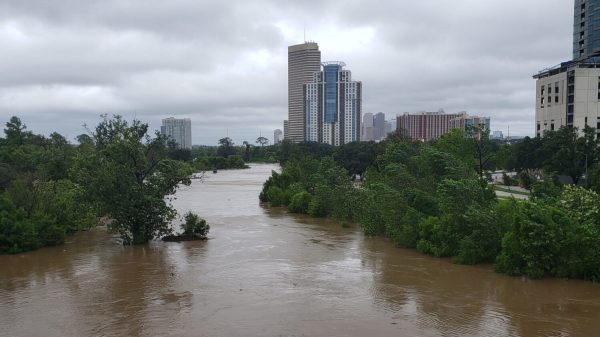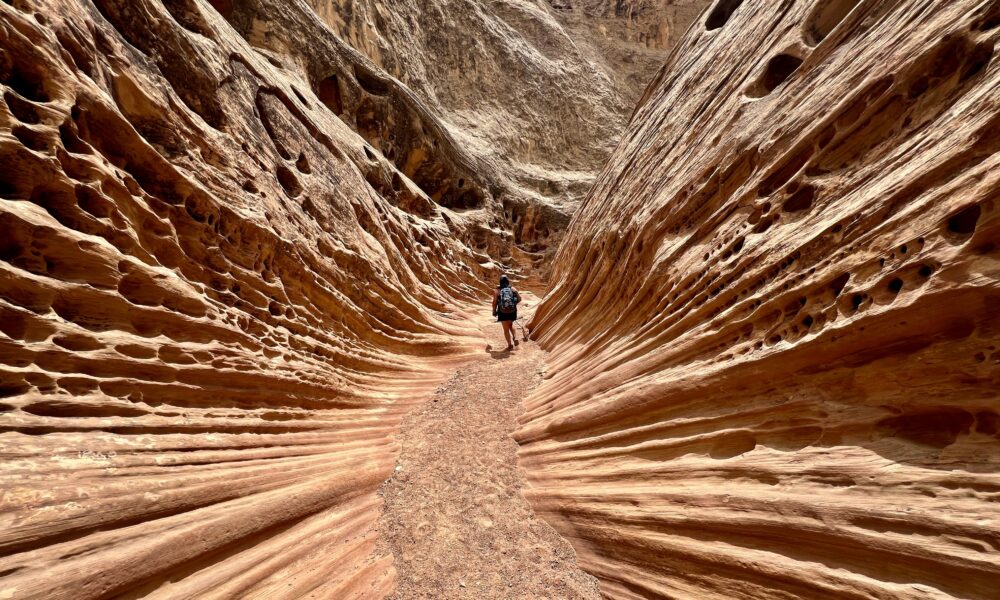
Little Wild Horse Canyon
Utah’s winding slot canyon packs a fun experience into an accessible 8-mile loop with tight sandstone walls and natural curves.
Located near Goblin Valley State Park, approximately five miles away, the trailhead for Little Wild Horse Canyon is accessible via a paved road without the need for high clearance.
You get easy hiking with just enough scrambling to make it fun, minus the crowds you’ll find at Antelope Canyon.

Canyon Walls Change Color
The sandstone puts on a daily light show from 7 AM to 5 PM. When sunlight moves through the narrow passages, it transforms the rock surfaces from deep red to orange and even soft purple.
Black and brown stripes run down the walls, created over thousands of years by tiny organisms that left behind mineral deposits called desert varnish.
At noon, when the sun shines straight down, light bounces off the scalloped textures and makes them glow like liquid gold.

Major Floods Shaped This Canyon
You can see signs of powerful floods everywhere in Little Wild Horse Canyon. Large tree trunks and boulders sit stuck in narrow spots far above the ground, some wedged 30 feet up.
A tragic flash flood occurred in May 2020 at Little Wild Horse Canyon, caused by an isolated thunderstorm over the San Rafael Swell. During August, thunderstorms often develop in the afternoons.
Mornings stay cool and calm but as the day progresses and temperatures rise, the likelihood of rain increases, heightening the risk of flash floods.

Sound Travels in Unusual Ways
The twisted passages create a remarkable echo chamber where sounds bounce off walls that reach 80 feet high. You can hear whispers travel up to 400 feet through these natural corridors, bouncing off the smooth rock surfaces.
The effect becomes even more striking in the narrowest sections, the sound of footsteps coming from all directions. The curved walls reflect sound so well that you might hear conversations from several bends ahead on the trail.

Ancient People Left Their Mark
The Rafael Swell region, which includes Little Wild Horse Canyon, has hidden panels of ancient rock art. These petroglyphs show bighorn sheep, spiral patterns, and human-like figures etched into the dark desert varnish.
Ancestral Puebloan people used the canyon as a resting stop whilst traveling through the region. Evidence of their presence between 500-1300 CE, includes stone tools for grinding corn, broken pottery, and arrowheads.

Rare Plants Find Ways to Survive
Common plants in the canyon are sagebrush and Mormon tea with deep root systems. Desert primrose flowers push through tiny cracks in the walls, blooming bright after rainfall.
Wherever water seeps from the sandstone, you’ll find hanging gardens with delicate maidenhair ferns, golden columbine, and the rare Jones cycladenia.
The wash that flows out of Little Wild Horse Canyon provides enough moisture to support some large cottonwood trees.

Reptiles Bask Under the Sun Out Here
Seven different kinds of lizards and three types of snakes thrive in the canyon’s protected environment.
The temperature stays fairly steady here, changing by only 20 degrees throughout the day, which makes it perfect for cold-blooded animals.
Desert spiny lizards and striped whiptails dart between the rocks, while Great Basin rattlesnakes bury themselves into the sand or make holes for hunting and shelter.

Canyon’s Fossils from Ancient Times
Looking up at the 200-foot canyon walls, you’ll see patterns of dunes that once existed during the Jurassic Period.
Near where Bell Canyon meets Little Wild Horse Canyon, you’ll find ripples frozen in stone. Fossils of marine life, such as ammonites and bivalves, have been found in sedimentary layers at San Rafael Swell.
These marks in the rock, left behind 190 million years ago, show how this land changed from ocean to desert over millions of years.

Water Has Carved Unique Rocks
The canyon (which cuts through the San Rafael Reef) has twisting corridors, as narrow as three feet, with ripple marks left by ancient winds and shallow water.
Small moqui marbles (iron-rich stones), prominent in the San Rafael Swell, formed underground when iron minerals cemented sand grains together.
Little Wild Horse Canyon’s walls also reveal Navajo Sandstone, formed about 180 million years ago. You can see cross-bedded layers in the canyon walls.

Desert Animals Travel Through
Little Wild Horse Canyon lies within the Crack Canyon Wilderness Study Area where desert bighorn sheep regularly pass through.
Potholes formed by erosion frequently collect rainwater, serving as temporary reservoirs for wildlife. Hikers have noted the presence of wildlife signs, including scat and tracks, indicating the use of the canyon by animals such as bighorn sheep.
The canyon also attracts over 40 different kinds of birds, including white-throated swifts that build nests in high cracks, sometimes in groups of up to 20 pairs.

The Canyon’s Twists and Turns
About half a mile from the trailhead, hikers encounter a junction where they can choose to proceed into either Bell Canyon or Little Wild Horse Canyon. The narrowest sections of Little Wild Horse Canyon can be as tight as 18 inches.
Navigating through serpentine twists and turns requires assistance, some use rock cairns through less-defined sections of the trail since GPS systems can become unreliable out here.

Canyon Stays Open Every Season
Unlike most slot canyons in Utah, you can explore Little Wild Horse Canyon year-round, with temperatures ranging from 20°F to 90°F.
Spring decorates the canyon rim with wildflower blooms like the desert paintbrush and yellow columbine. The narrow passages stay 15 to 20 degrees cooler than the open desert, a perfect escape from the heat.
Fall offers the most pleasant hiking weather, with temperatures staying between 65-75°F as you walk through the winding corridors.
The post Check Out Utah’s Maze of Twisted Stone Where Hikers Squeeze Through Passages Barely 12 Inches Wide appeared first on When In Your State.




![Tyson Foods Plant [Photo: Food Manufacturing]](https://southarkansassun.com/wp-content/uploads/2023/08/iStock_1185520857__1_.5e441daa51cca-600x337.jpg)







![Silverado Senior Living Management Inc. [Photo: Los Angeles Times]](https://southarkansassun.com/wp-content/uploads/2023/10/download-6-4-600x337.jpg)

![China's Wuhan Institute of Virology [Photo: Nature]](https://southarkansassun.com/wp-content/uploads/2023/09/d41586-021-01529-3_19239608-600x337.jpg)
















